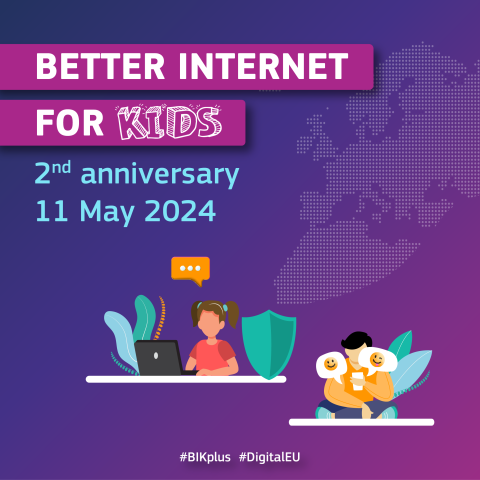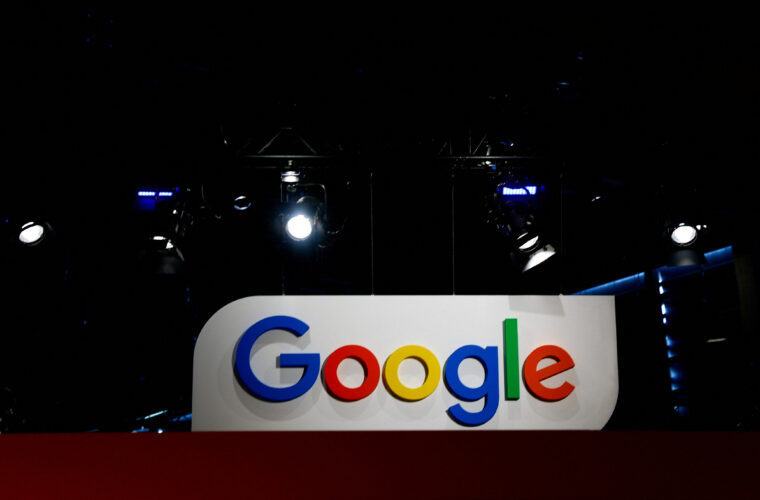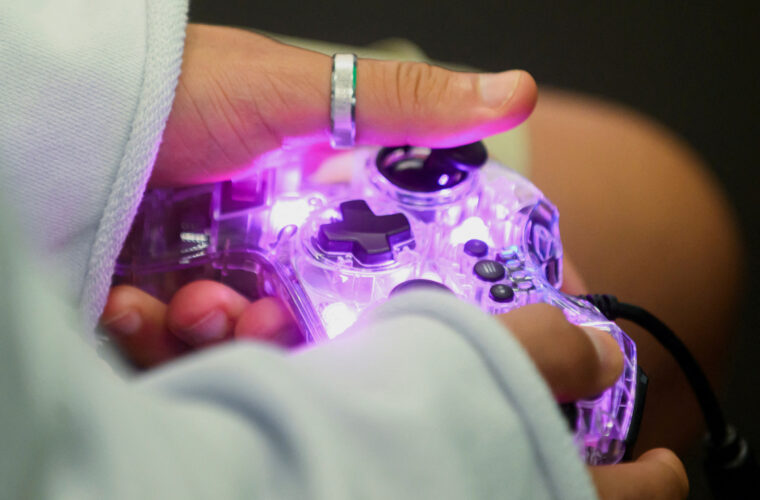++No one is as active as Europe in improving the digital world. We have observed this many times because, unlike in the US and Asia, the EU has moved in a concrete manner in trying to enforce regulations on network giants and defend the rights of users of all ages. The GDPR and the Digital Service Act are the best-known regulations, but other initiatives aim to safeguard specific categories behind them. One of these is BIK+, an acronym for Better Internet for Kids, a project launched in 2012 to make the net a less dangerous place for children. Many results have been achieved over the years, with an evident acceleration in the last period. Credit is due to the change of pace of the European Commission, which in 2022 launched BIK+, the new course to protect, respect and empower teenagers on the Internet.
Three pillars and concrete aid initiatives
Underlying the strategy are three principles: safety, skills acquisition and active participation. The first is to offer children safe digital experiences and avoid harmful or illegal online behaviour, content, contacts and risks, with the aim of improving their online well-being by promoting a safe and age-appropriate digital environment. The second point is significant because it aims at raising teenagers through digital empowerment: to empower them, it is necessary to pass on to them the skills and abilities they need to make informed choices and express themselves safely and responsibly online. This is something that concerns all young, and more so those in fragile situations. This growth is only possible with the active participation of children, ensuring that they have a voice in the digital environment and tailor-made activities to disseminate safe, creative and innovative experiences.
Although it is an area that gets a lot of hype when there are serious cases affecting one or more kids and attracts less interest in small-step strategies, BIK+ recently launched a self-assessment tool on age assurance, offering digital service providers useful guidelines to understand how to deal with this sensitive issue. Interestingly, the tool includes a detailed questionnaire with questions and remedies to facilitate children’s awareness so that they can make choices by being more informed.




As mentioned, much depends on the active participation of teenagers, who are called upon to design activities, initiatives or campaigns to disseminate online safety practices. This can be done via the website bikyouth.eu which, once registered, allows them to be part of the activities and approach the BIK+Youth Panel. Thanks to meetings, confrontations and debates with institutions and companies, the latter acts as spokesperson for youth demands, pointing out the needs and requirements of the youngest. An effective way to build a path as protagonists.
Overall, the project works because the feedback after two years of BIK+ adoption leaves no doubt. One fact above all: according to European bodies’ monitoring, out of 29 countries analysed, 28 have promoted the need to make the Internet a safer place for children as a priority. How to do this? This is not only done by promoting awareness of digital practices but also by devising concrete help tools, such as the single European telephone number, 116111, which offers support to all victims of cyberbullying. Into grow, it is necessary to improve, but first, to take care of those most vulnerable.



